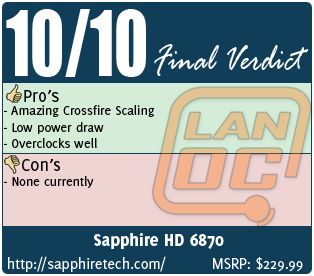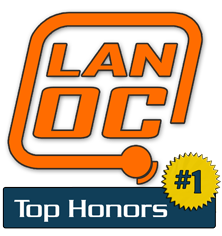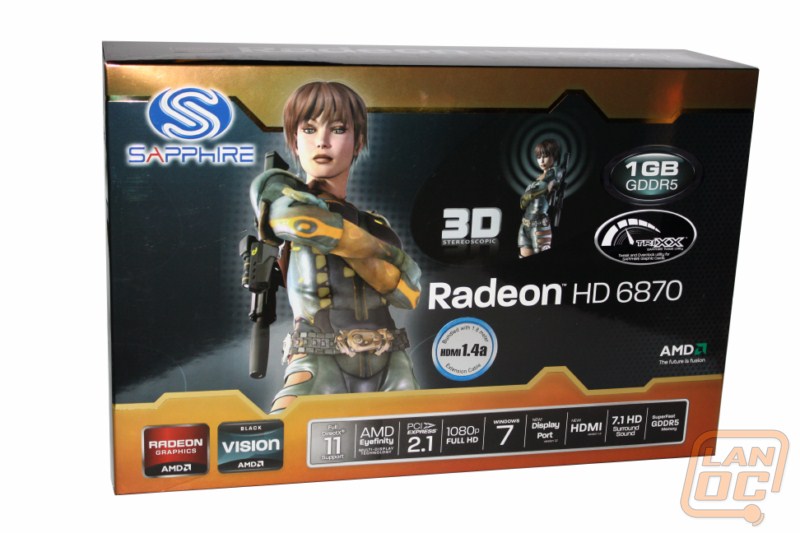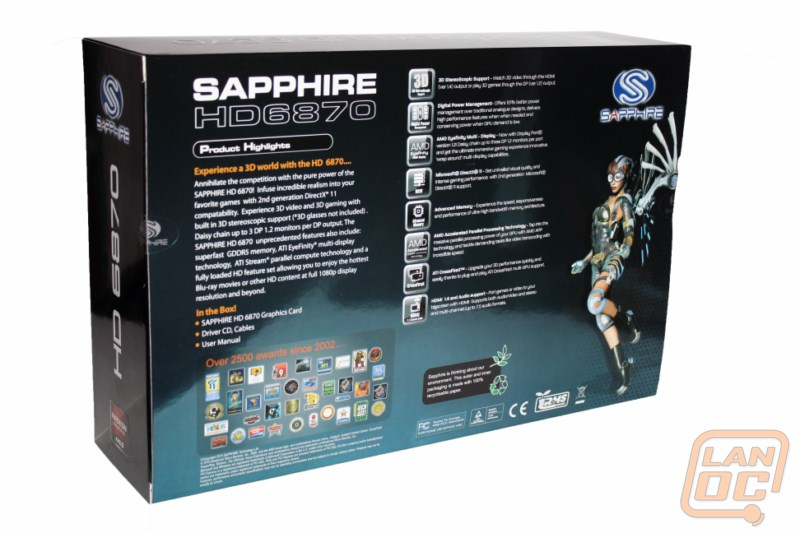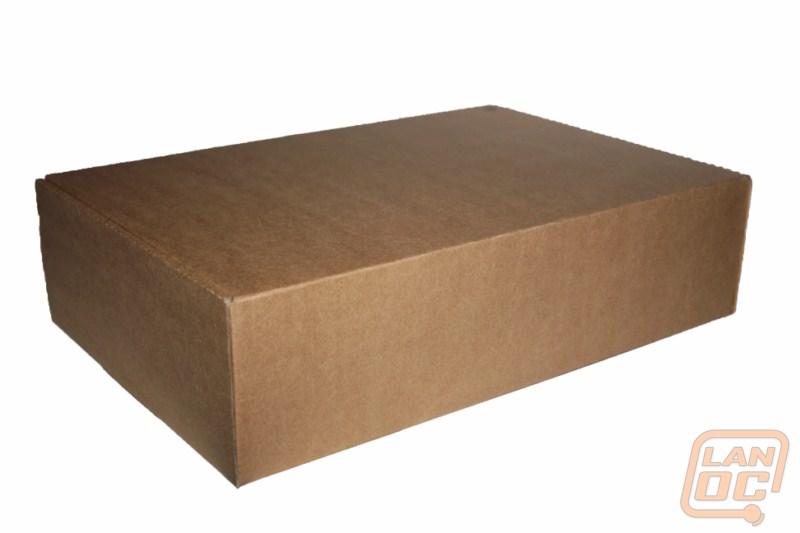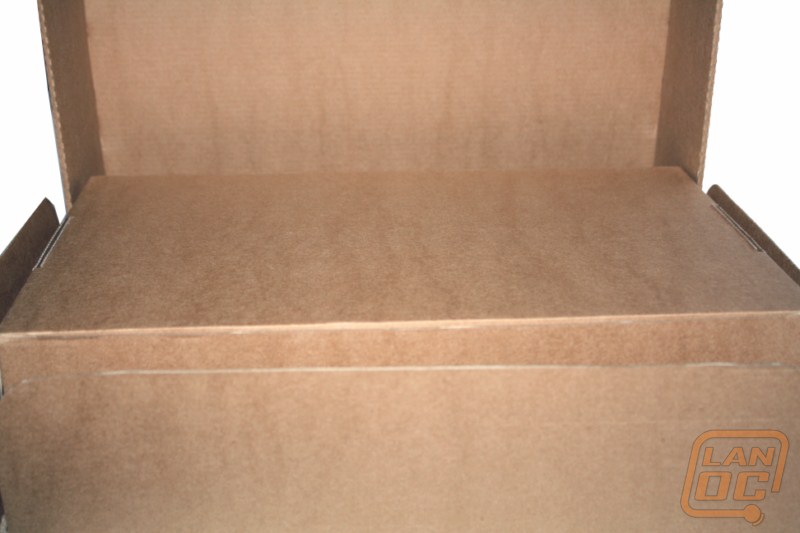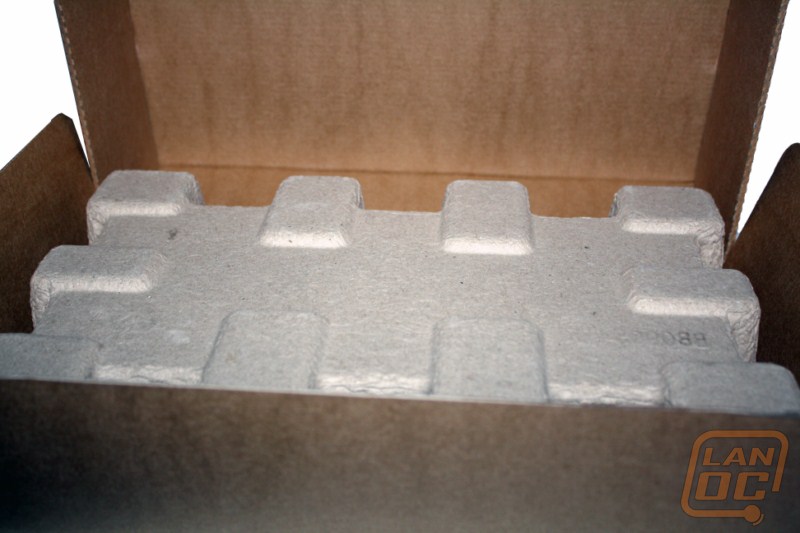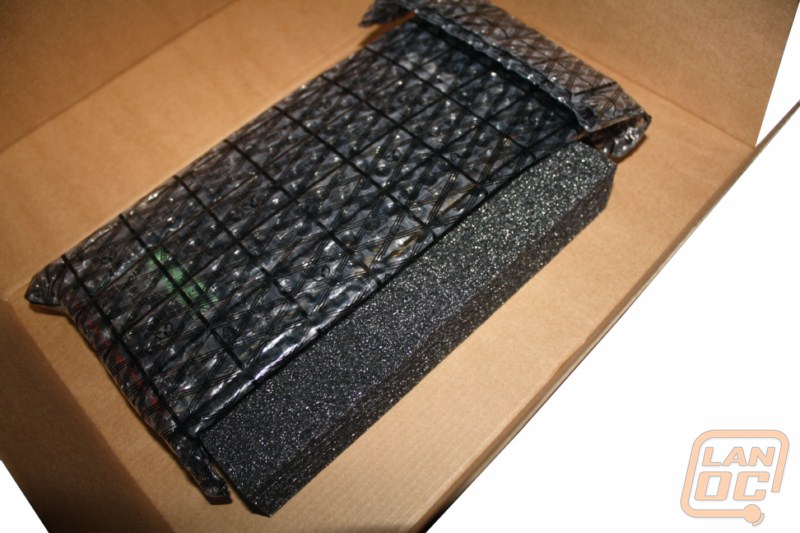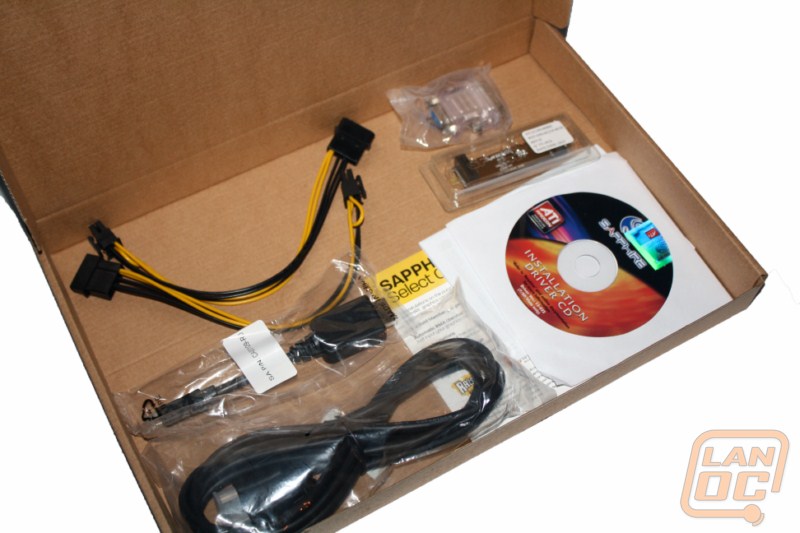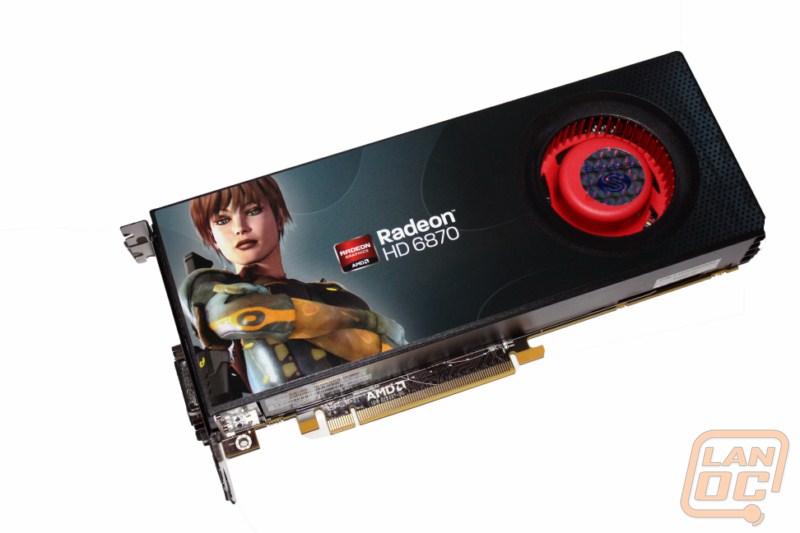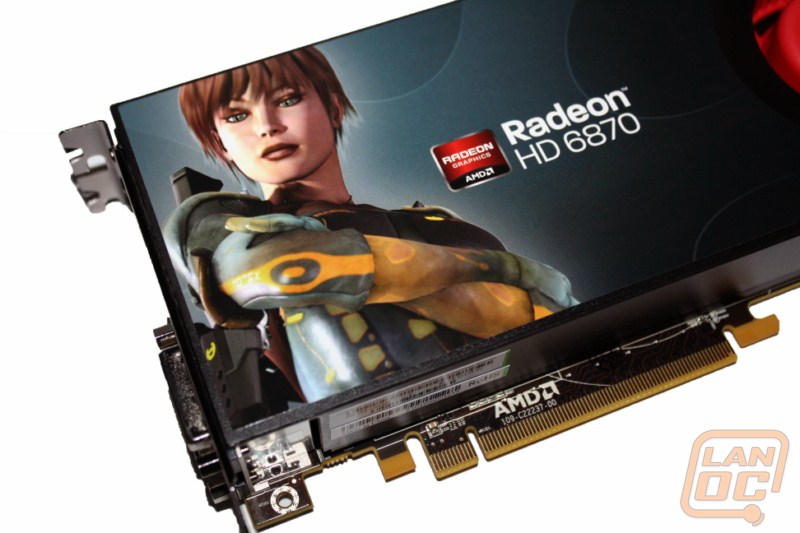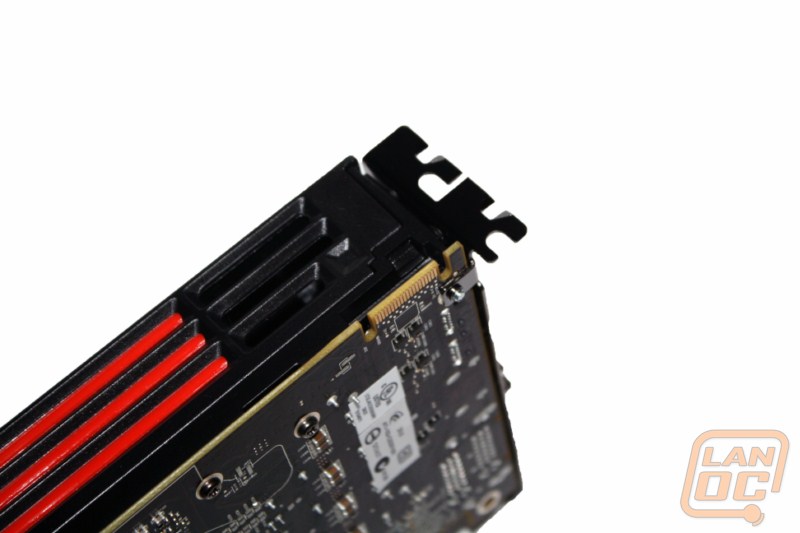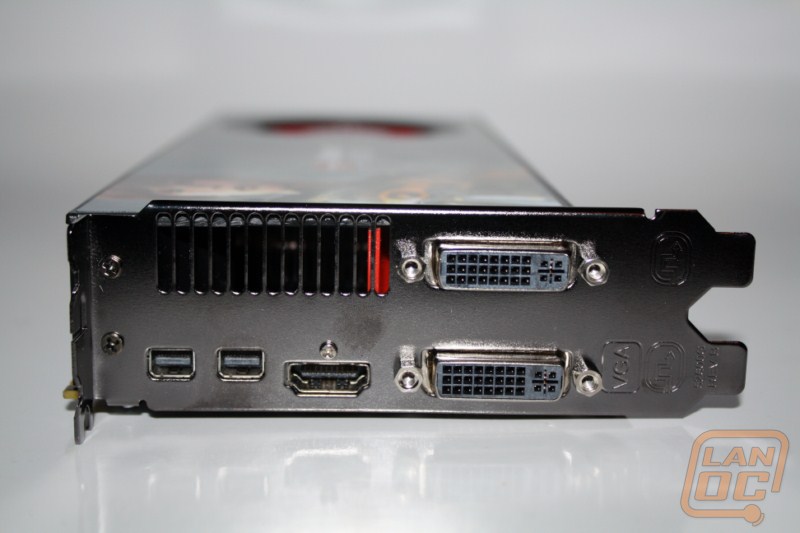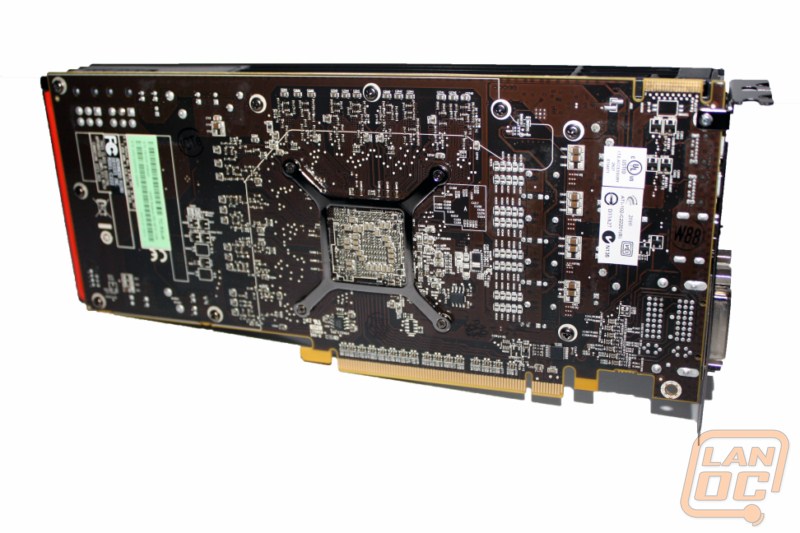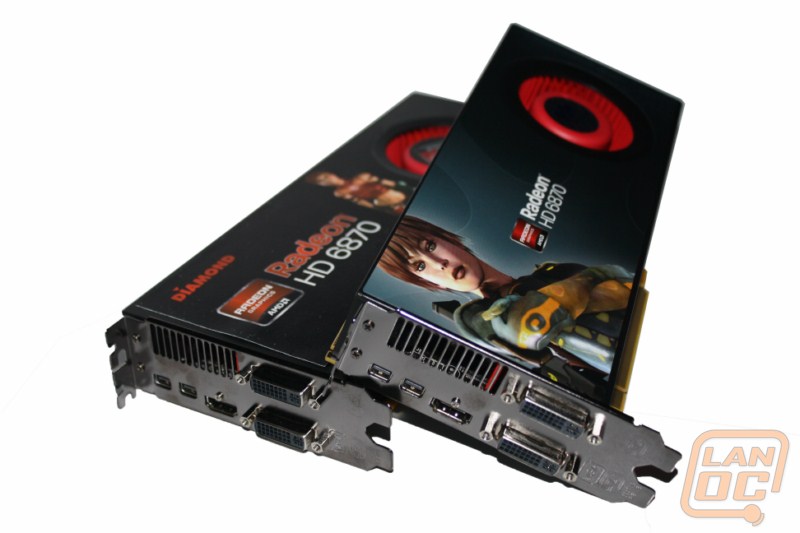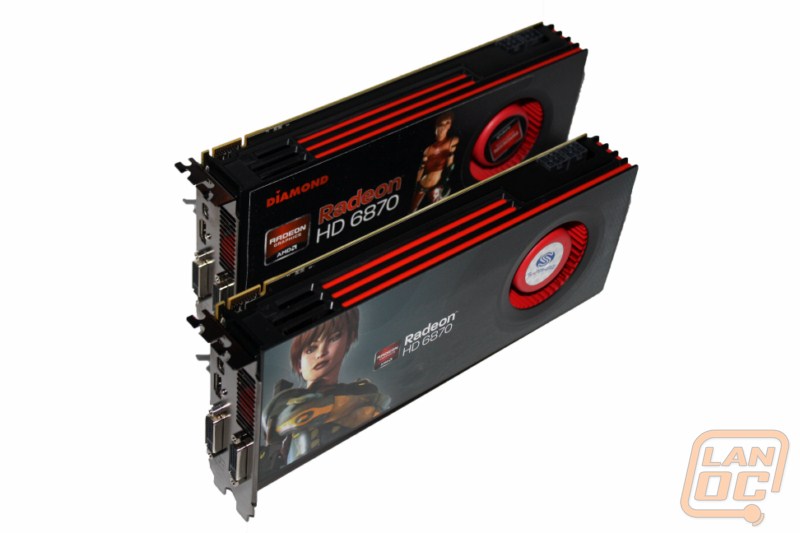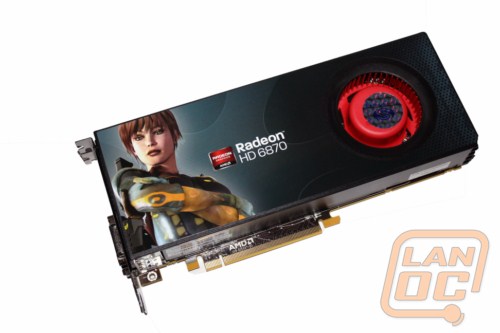
Product Name: Sapphire HD6870
Review Sample Provided by: Sapphire Tech
Review by: Wes
Pictures by: Adam and Wes
Specifications
|
Model Number |
102-C22201-01-AT |
|
Core Clock Speed |
|
|
Memory Clock Speed |
|
|
Die Size |
255 mm² |
|
Transistors |
1.7 Billion |
|
Memory Bandwidth |
134.4 GB/sec |
|
Geometry Throughput |
900 million polygons/sec |
|
SIMD Engines |
14 |
|
Stream Processors |
1120 |
|
Texture Units |
56 |
|
Z/Stencil ROPs |
128 |
|
Color ROPs |
32 |
|
Max Board Power |
151W |
|
Idle Power |
19W |
Packaging
Sapphire has stuck with ATI's flagship mascot Ruby for their packaging, donning a new outfit consistent with the 6870's box color scheme. Top and bottom edges are lined with a metallic orange, with a table of features including DirectX 11 and Eyefinity support. On the reverse side, Sapphire narrates the hybrid of 3D and HD that the 6870 is capable of, punctuated with a line of review awards the company has attained over the years. More feature thumbnails are found on the opposite half, detailing the card's traits further.
Opposite to the flashy external packaging, a plain cardboard box is contained within. An additional cardboard box is found upon opening this box, which is padded underneath with a egg-carton cardboard container. Removing all this cushion material will reveal the 6870 secured in an anti-static plastic bag, as well as a piece of foam resting under the PCI board to give it support. The manual, installation CD, and accessories including an HDMI cable and VGA to DVI adapter are revealed in the additional box mentioned earlier.
Our Test Rig
Intel i5 661
Gigabyte GA-EXS8-UD4P
4 gigs of DDR3 Crucial Ballistix Tracer Ram
Cooler Master Silent Pro M 850 PSU
OCZ Agility SSD
Cooler Master V6 GT
Single Card Performance
Even though we have already covered the HD6870’s performance in our last review, this time around the card is running stock clock speeds. We get to see what difference 40 Mhz on the core speed and 50 Mhz on the memory does for performance.
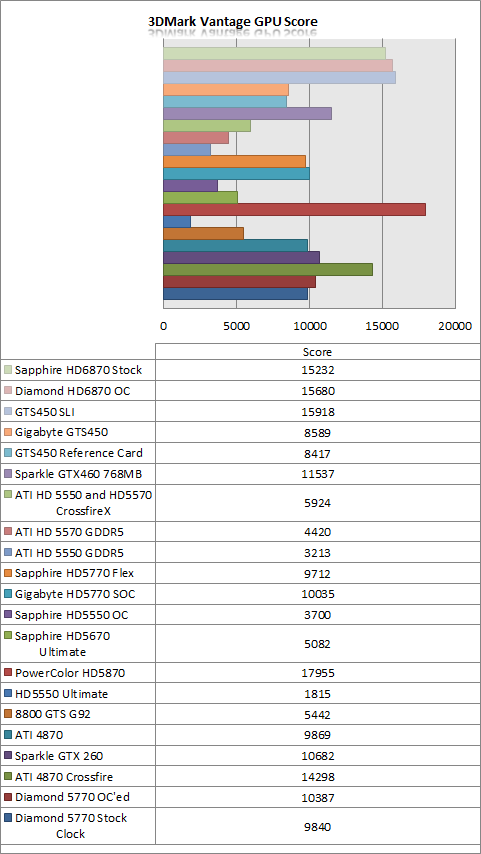
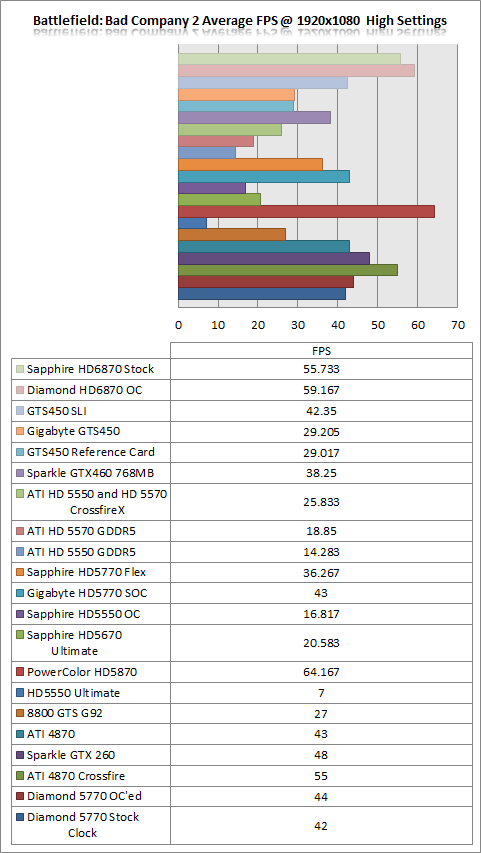
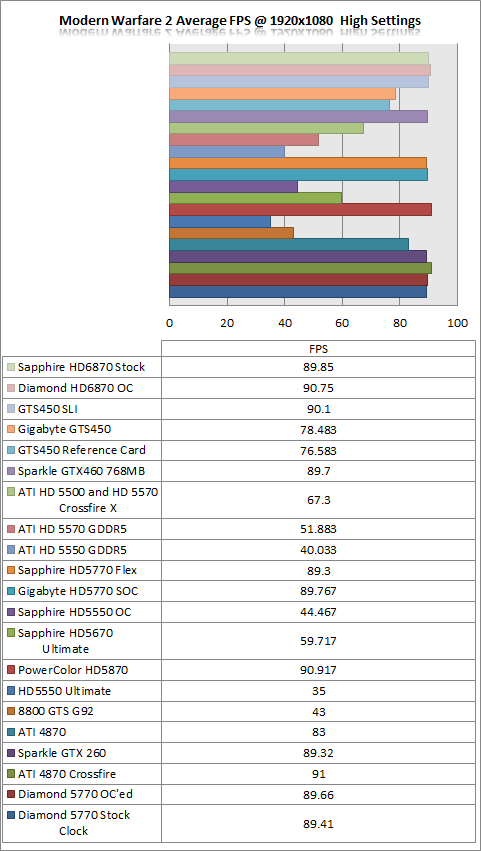
Just like before the card dominated almost everything we have tested short of the 5870. When pairing up GTS450’s we were able to get 3Dmark Vantage numbers that were close, but in-game numbers didn’t hold a candle to the HD 6870. Not to mention picking up a pair of 450’s is going to hit your pocketbook a little harder, even without figuring in the added cost of an SLI motherboard. As I said earlier in this review, I was curious to see how the performance of a stock 900Mhz card would compare to a slightly overclocked version. To make it simple I have graphed them out below in the crossfire section.
Surprisingly, the small bump made a nice difference. Such a small bump showed a noticeable improvement in both synthetic and in-game benchmarks. If you decide to pick up an HD6870 I would recommend you consider trying out AMD’s Catalysts built-in overclocking support or, depending on the manufacturer, they may also include their own software for the same purpose.
Crossfire Performance
Dropping two cards together, finally we get to the numbers I have been waiting to see! I won’t waste your time; here they are.

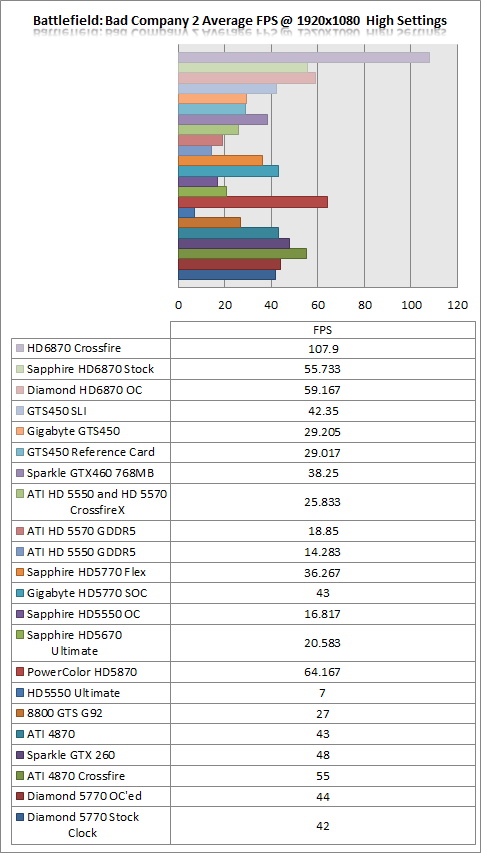
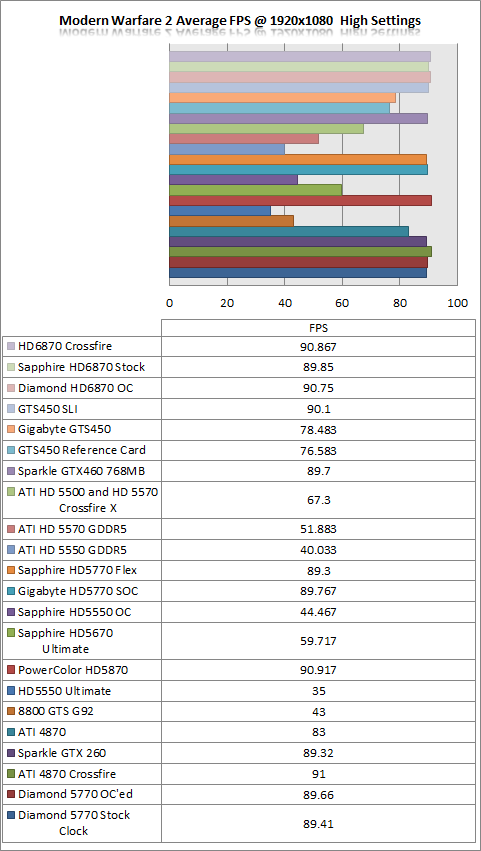
As expected pairing up the 6870s gave a considerable jump in performance, jumping well past the HD5870 that previously topped our charts. Just to get an idea of of how two 480’s perform in Crossfire I contacted one of our writers who has a pair of 480’s and, normally sees results around 30,000 in 3DMark Vantage on the GPU side. Of course those weren’t tested on our test bench so we won’t be including them. But it does give you a good idea where the HD6870’s stand. As for scaling, I was impressed with the HD6870’s 83% increase in performance when pairing it up with a second card. With a loss of performance of 17% you can expect to get your money’s worth if you decide to pick up a second card. Considering the informal results with the 480’s I think a pair of HD6870’s is a steal. You are looking at $460 for two cards that outperform any single card solution and come close in performance to the 480’s that come in at double that cost in an SLI configuration.
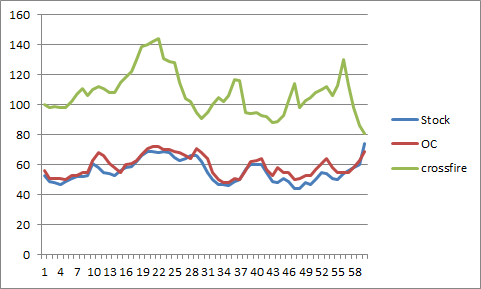
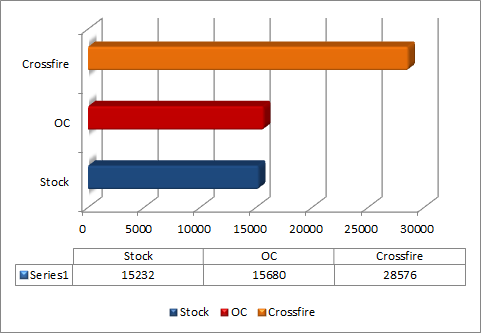
Even more impressive is with all of that performance at load the two cards together will be sucking up not too much more than 300 watts. That’s not far from the 250 watts one GTX 480 is capable of pulling. Obviously AMD spent the past year refining their card rather than just trying to get raw performance no matter the heat or power consumption.
Overall
We already knew how well a performer the HD6870 was from our prior review, but we did learn a couple important things this time around. First, the cards take to overclocking very well. You can expect to see in-game results with even the smallest bump in clock speed. Second, the cards scale wonderfully in a Crossfire configuration. Our Crossfire performance results were very impressive. You can expect to see an improvement of 83% when adding a second card. To add to that, even in a Crossfire configuration the HD6870 is sipping down just 50 watts more than one GTX 480 at full load.
Even though this generation of card was only a refinement, not a full reset, it’s clear that AMD spent that time working on gaining performance by increasing efficiency rather than just packing more onto the card. Not only am I excited to see what the 69xx cards will hold for us, but obviously NVidia found itself worried enough that they dropped the price of their cards hoping to “foil” AMD’s launch. Because of that you can now find cards that were middle to high end and budget priced. Now is obviously a great time to be a PC gamer, look out 2011.
